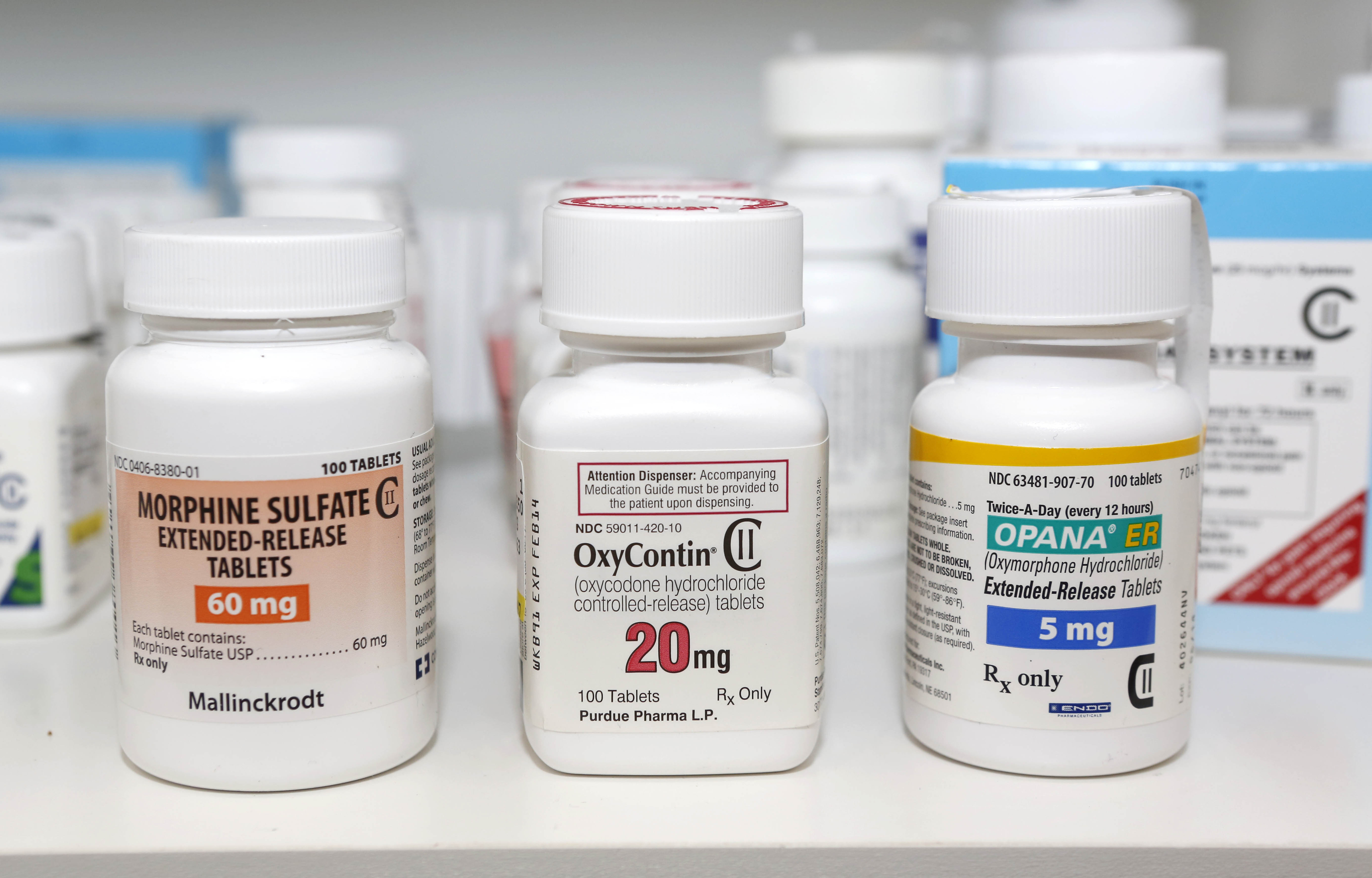Opioid use in patients recovering from hip and knee replacement decreased by one-third between 2006 and 2014, reflecting success in efforts to promote a multimodal approach to pain management (using a variety of methods to manage pain) rather than using opioids alone, reveals new research.
The study of more than 1 million hip and knee replacement patients is the first to look at the progress being made nationally to implement multimodal pain strategies, meaning using a variety of methods to manage pain, rather than opioids alone. Researchers found that while 1 in 4 were prescribed opioids alone after hip or knee replacement in 2006, the number steadily declined to about 1 in 12 by 2014.
“Opioids are powerful pain medications but have many unwanted side effects, including the risk of addiction. This has prompted more interest in offering patients multimodal therapies to manage pain while also reducing the amount of opioids prescribed,” says Philipp Gerner, BS, a medical student at University of Massachusetts Medical School, Worcester. “Our research reflects that there has been steady progress over time toward achieving that goal.”
Reducing opioid use after joint replacement surgery is critical. More than 1 million Americans have hip or knee replacement surgery every year. Most are prescribed opioids to manage pain as they recover, and about 30 percent develop chronic pain and continue to use opioids a long time after surgery, Gerner says.

(Image credit: Associated Press)
Researchers utilized Premiere Perspective, a nationwide database that includes information on joint replacement surgeries performed at 546 hospitals, to examine changes in postoperative pain management between 2006 and 2014 in 377,657 hip replacement and 779,338 knee replacement patients. They compared the number of patients who received opioids alone after surgery to those who received multimodal therapy, meaning opioids and one to three additional pain management methods, such as peripheral nerve block, acetaminophen, gabapentin/pregabalin, non-steroidal anti-inflammatories (NSAIDs), COX-2 inhibitors or ketamine.
Among patients who had hip replacements, 27 percent (7,896 of 29,010) received opioids alone to manage pain in 2006, compared to only 10 percent (5,311 of 52,208) in 2014. Among knee replacement patients, 23 percent (14,418 of 61,888) received opioids alone to manage pain in 2006, compared to only 7 percent (7,154 of 98,807) in 2014.
Researchers also found multimodal therapy was more commonly used among patients who had joint replacement surgery at small and medium-sized hospitals, rather than those who had the surgery at larger hospitals.
“While we tend to think of large, academic hospitals as implementing changes more effectively, smaller hospitals – especially specialty institutions performing a lot of orthopedic surgeries – may be more open to evidence-based changes in practice to stay competitive,” says Stavros G. Memtsoudis, MD, PhD, senior author of the study and director of critical care services in the Department of Anesthesiology at the Hospital for Special Surgery in New York.
The American Society of Anesthesiologists is committed to ending opioid abuse and has launched several initiatives to combat the epidemic. For more information, review ASA’s National Pain Strategy.




